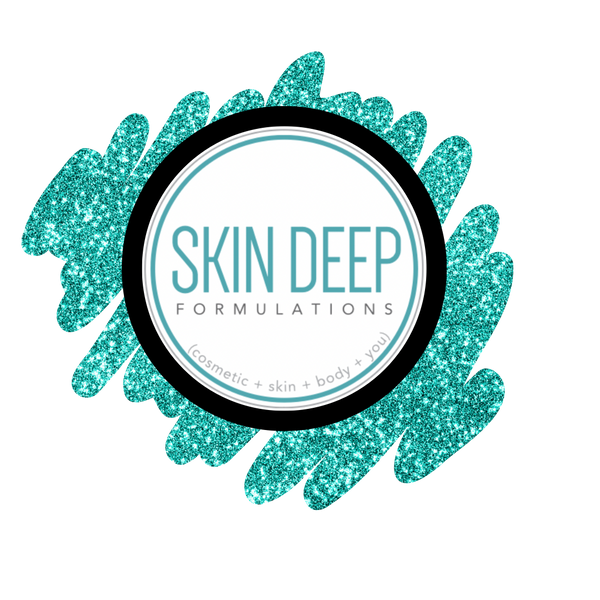Referral or Loyalty?
Without careful thought and planning referral programs and loyalty programs alike can quickly feel like offering discounted services to those that already know you and come to you for their services. We see this often in the beauty industry; a referral program is launched with the best of intentions, many times during a “slow time” or to fill a new staff member’s books only to be either forgotten about or not mentioned because the value it offers isn’t worth promoting or continuing it. Similarly, a loyalty program really starts to feel like every so often a service the client happily pays for comes out of your pocket.
A referral program or loyalty program need to be designed to serve you and serve your clients and not every business needs them!
To make the most of the effort required to launch & maintain programs it’s extremely important to start with identifying gaps where a referral program or loyalty program may be helpful for filling. If you don’t take the time to do this, you can run the risk of diminishing the value of your time and that is the opposite of what you want to do.
To identify what kind of program makes sense for you as a service provider or for your business overall:
Do you need more clients? – This is easy to plan out looking at how many of the hours that you are open/available are already booked? If you don’t have openings and don’t plan to add more availability, a referral program designed for gaining new clients won’t be helpful it will be problematic. If you have white space and availability, and your current clients already see you for all the services you offer- then you can consider a referral program targeted to new client acquisition. You may want to consider putting a time limit or quantity limit so that you don’t end up turning business away.
Do you need your clients you already have to book in for more of the services you offer? This is usually much easier to do – if your clients already know and love you for one service have you introduced them to your other services? Expanding the value of each client you currently have with more services from you is the perfect environment for a loyalty program that instead of rewarding frequency, rewards for commitment to more of what you offer.
The next one is more complicated and might take some digging through records to determine, or you may know this effortlessly.
How much of your clientele is made up of your dream clients?
To each of us the characteristics of a dream client are different so start with measuring that. Dream client characteristics typically include – rebooks, refers, purchases product, shows up on time, comes in for all services etc. Think about the traits of your dream client and be specific to even the services this dream client books with you, how much is spent etc. The more detailed you can be the better. Imagine a schedule full of your dream clients, there is likely more than one version of your dream client. For example, if you offer facials and microblading, you surely have different metrics for what makes each of those clients a “dream”.
From knowing what your dream client is you can decide if a loyalty reward makes sense, or a referral program. This is a great way to get clients that aren’t your dream clients to become those ideal customers, and also reward those that check off the criteria. If the bulk of your clientele is not your ideal customer decide if you want to devote some energy and investment to getting them to become more like your dream customer or do you want to get more of the dream clients? A loyalty program to get more from your existing customers works well, rewarding things like purchasing homecare if they typically don’t, rebooking on schedule etc. Whatever traits are most important to you for your clients – rewarding those is the framework of a loyalty program. If you feel that it is time for new clients, a referral program that draws more of the ideal customer rather than someone looking for a deal is a strategic way to attract more of your ideal customers than deal-seekers.
When it comes to the actual programs, think about the following things:
- Adding value instead of discounting. The reward in both loyalty and reward programs can be value adds to services instead of discounting or taking away from services. An added eye treatment to a facial, a tint to a brow shape & wax etc. This has a higher return on investment than taking money away from your services.
- Tracking – a complex program that is overwhelming for you to track and confusing for the customer won’t last. If you have lots of idea’s it may be wiser to do shorter loyalty promotions instead of a long-term program so that you can switch into different things that you want to benefit from than from a long running program that won’t serve you over the long term.
- Be very clear in the terms, conditions, rules etc. Think of every possible question you may get about the program and have solutions in advance so that if you decide to do a program that you aren’t feeling frustrated in the details and having to spend more time and money that clarity and planning could prevent.

